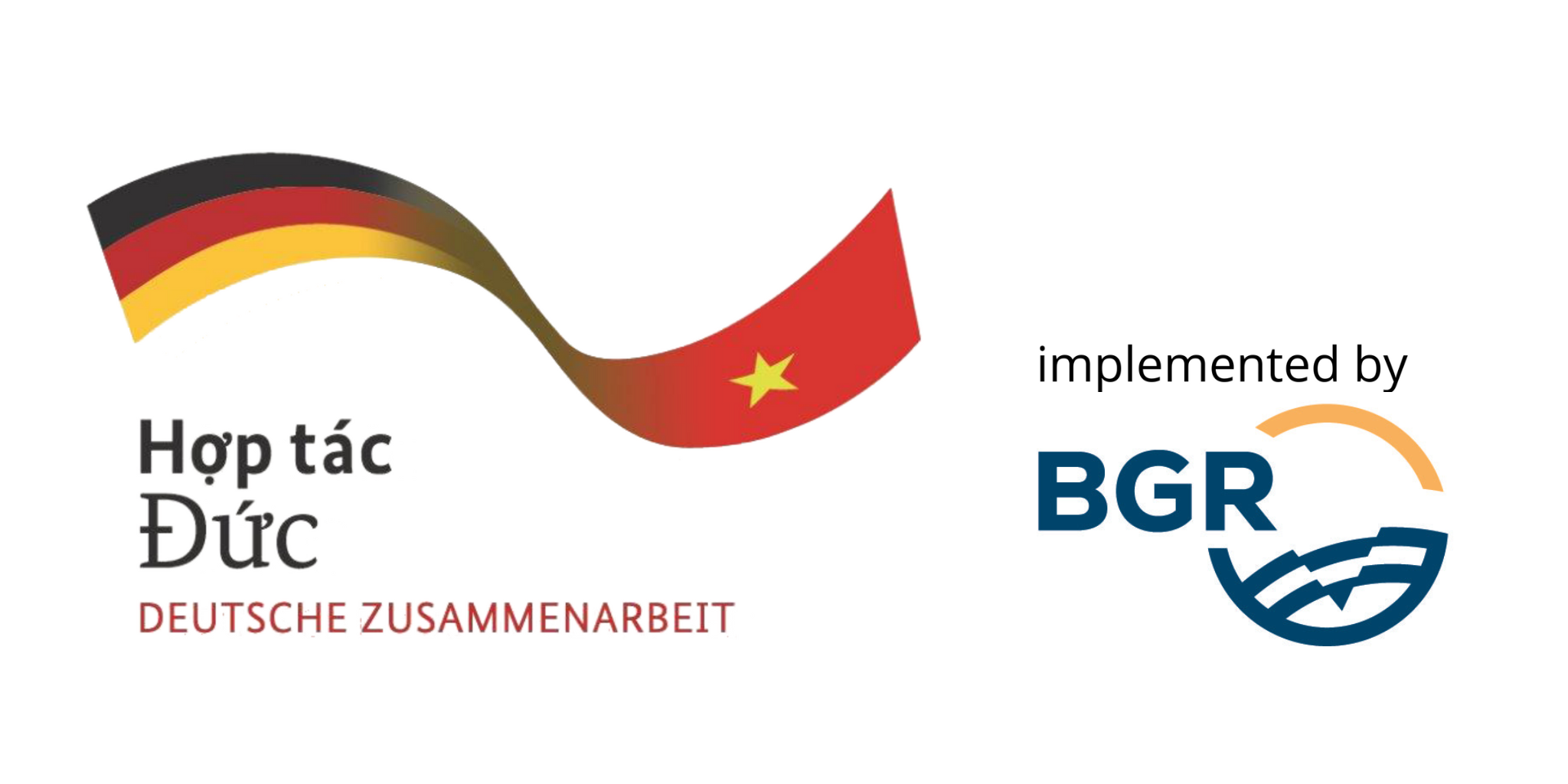IGPVN publication in Environmental Geochemistry and Health
A manuscript titled “Complex hydrochemical characteristics of the Middle-Upper Pleistocene aquifer in Soc Trang Province, Southern Vietnam” was recently accepted for publication in Environmental Geochemistry and Health.
Environmental isotope techniques were applied to study the hydrochemical characteristics of groundwater in Soc Trang Province, southern Vietnam in frame of the project Improvement of Groundwater Protection in Vietnam (IGPVN). Groundwater samples were collected from various monitoring wells (newly drilled by the IGPVN project), national monitoring wells, private tube wells and production wells. Surface water samples were collected from rivers, ponds or canals. The aquifer system is more complex than presumed as the hydrochemical and stable isotope compositions of groundwater samples in the Middle-Upper Pleistocene (qp2-3) aquifer differ significantly in lateral direction. Furthermore, observed changing redox reactions within the target aquifer from dry to wet season make it probable that some interaction with overlying aquifers exists. The stable isotope signatures of the qp2-3 groundwater samples can be divided into two distinct groups which respectively originated from paleo-meteoric water and either was located in paleo-salinized areas of the qp2-3 aquifer or resulted from evaporation effect of recharging water prior or during infiltration process. In fact, individual parts of “the same” aquifer seem not to be hydraulically connected to each other. The environmental isotope data provided neither evidences of hydraulic connection between the rivers and the qp2-3 aquifer nor of recent groundwater recharge in the Province. As a result, saltwater from the sea intruded inland to some extent via the Hau River during the dry season but it did not affect the target aquifer. Any recharge from surface water to the qp2-3 aquifer in Soc Trang should occur outside the boundaries of Soc Trang Province. Considering the low groundwater transit velocities roughly estimated in this study (3.6 m/yr and 7.8 m/yr), it may take several ten thousands to hundred thousands of years for recharging water from beyond the Vietnam’s national border to reach the qp2-3 aquifer in Soc Trang Province. Consequently, natural recharge cannot help to reduce groundwater declining in the short-to-middle term.

